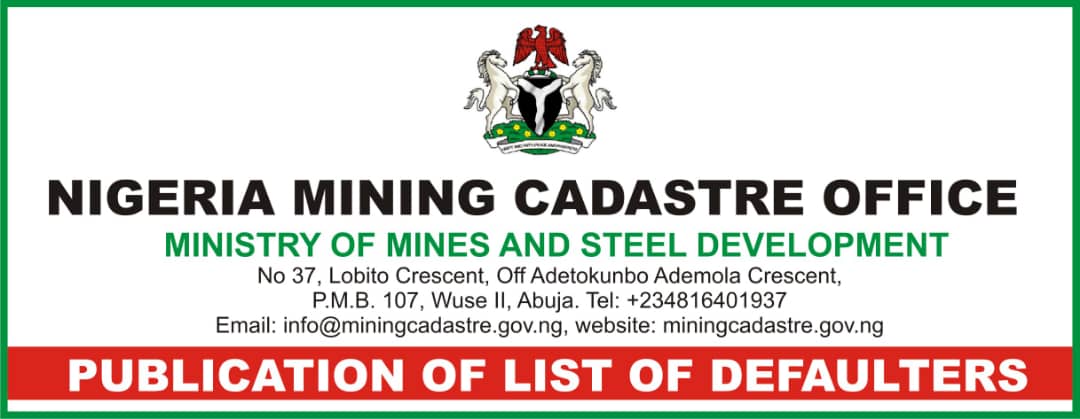
Sierra Leone has revealed an ambitious energy-transition roadmap, aimed at transforming the country’s energy infrastructure and reducing its reliance on fossil fuels. The new strategy requires mining companies to connect to the national grid by 2040, marking a significant step towards a cleaner and more sustainable energy future. This initiative is part of a broader $10.9bn plan to overhaul the nation’s power sector and expand its electricity capacity from 300MW to 4.5GW by 2050, with 90 percent of the energy to be sourced from renewables.
The move is expected to reassure renewable energy investors, providing confidence in the growing demand for electricity in Sierra Leone. Mining, which represents 70 percent of the country’s export earnings, currently relies heavily on self-generated power, with companies using diesel to produce over 500MW of electricity. However, the existing national power supply is inadequate, leaving many households and businesses without reliable access to electricity. The government is aiming to bridge this gap, where less than a third of the population currently has access to electricity.
By requiring mining firms to connect to the grid, Sierra Leone seeks to address two critical issues: the country’s energy deficit and its dependence on fossil fuel-based generators. The plan also promises to reduce the high costs and logistical challenges faced by mining companies that currently generate their own power.
Ibrahim Sorie Kamara, Secretary of the Sierra Leone Chamber of Mines, stated that the idea of connecting to the grid is gaining traction within the industry. ‘Producing your own electricity is expensive and logistically challenging. If this power can be sustainable and reliable, it will make economic sense,’ Kamara noted, highlighting the financial and operational benefits of the new policy.
The government’s ambitious energy transition plan hinges on securing significant private investment, as Sierra Leone’s smaller economy is unable to finance the energy shift alone. To support this, Sierra Leone plans to import electricity from the West African Power Pool, focusing initially on hydro and solar power to supplement its domestic supply. Deputy Energy Minister Edmond Nonie confirmed that this strategy is designed to meet the immediate energy needs while the country works towards greater self-sufficiency.
The government’s energy transition is not without challenges. The country has faced difficulties with energy providers, including the Turkish operator Karpowership, which halted supplies due to unpaid debts. However, following the resignation of former Energy Minister Kanja Sesay, President Julius Maada Bio assumed control of the energy portfolio and began addressing these issues. With new political leadership and a clearer focus on the energy sector, Sierra Leone hopes to stabilise its power supply and improve its energy infrastructure.
Sierra Leone’s energy transition represents a pivotal moment in the country’s efforts to modernise its energy systems and attract investment in renewable energy. The ambitious plans aim not only to meet the domestic demand for power but also to position the country as a regional leader in renewable energy.
If the government succeeds in executing its roadmap, the move towards grid-connected mining operations and a more sustainable energy mix could transform Sierra Leone’s power sector and provide a model for other African nations facing similar energy challenges.
Source: Africabriefing








